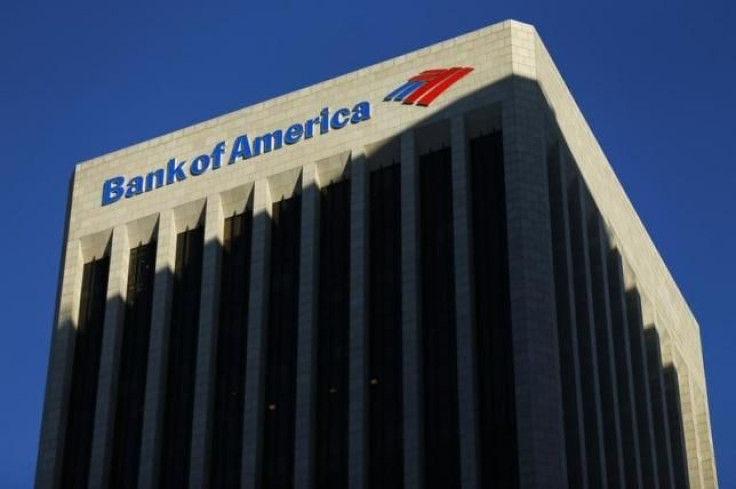US Banks Post Detailed Crisis Plans To Avoid Breakup Threat

A dozen of the largest Wall Street banks on Monday published detailed plans to show how they would shut down their business during a crisis without the help of taxpayer money, a crucial step to prevent being broken up by regulators.
After the 2007-09 financial crisis, the banks were required to submit so-called "living wills" each year to show how they would proceed through bankruptcy during a crisis without quietly relying on government support to avoid putting the entire financial system at risk.
But the Federal Reserve and the Federal Deposit Insurance Corporation last year said they were unhappy with the quality of the plans and urged banks to improve them by giving more details and using more realistic assumptions, or face tough sanctions including being broken up.
The 2010 Dodd-Frank Act gave the regulators the power to carve up the banks if they deem the living wills "not credible," though that is only the starting point of a lengthy procedure giving banks several chances to improve.
Last year there was no such joint determination because while the FDIC did use the term, the Fed did not. It is not clear when the regulators will issue their verdict on this year's round of submissions, the fourth.
Banks say the refiled plans, the third time they've been revised, show they have massively improved their resilience to withstand shocks, bulking up on shareholder capital to shield creditors, and earmarking certain bonds as susceptible to losses in return for a higher yield.
"Our (plan) would effectively resolve the firm within a reasonable timeframe, without systemic disruption, without extraordinary governmental support and without exposing taxpayers to risk of loss," a JPMorgan spokesman said.
The plans contained far more detail than those from last year. Citigroup, for instance, submitted a 102-page document, more than three times as much as the 2014 plan.
Some banks showed which parts of their business could be disposed of through public stock offerings from businesses that would be sold privately should a crisis hit.
For example, Citigroup said that after stabilizing its banking operations, it would offer its U.S. consumer banking operations for sale in an IPO while international operations would be sold in private transactions.
Goldman Sachs Group Inc included a table that showed it would consider selling its domestic and international asset management businesses, as well as its J. Aron commodities trading unit, in the event that the group failed.
Morgan Stanley said it would ultimately sell its wealth management business, as well as major parts of both its investment management unit and its trading business in Japan, which is a joint venture with Mitsubishi UFJ Group.
And Britain's Barclays said it is planning to shrink the size of its U.S. unit to $185-215 billion by July 2016, from $248 billion at the end of 2014.
What is published on the regulators' websites is only the public portion of the plans. The actual documents are thousands of pages and contain detailed instruction including mundane facts such as how to access computer systems.
The banks involved are Bank of America, Bank of New York Mellon, Barclays, Citigroup, Credit Suisse, Deutsche Bank, Goldman Sachs, JPMorgan Chase, Morgan Stanley, State Street, UBS and Wells Fargo.
© Copyright IBTimes 2024. All rights reserved.











